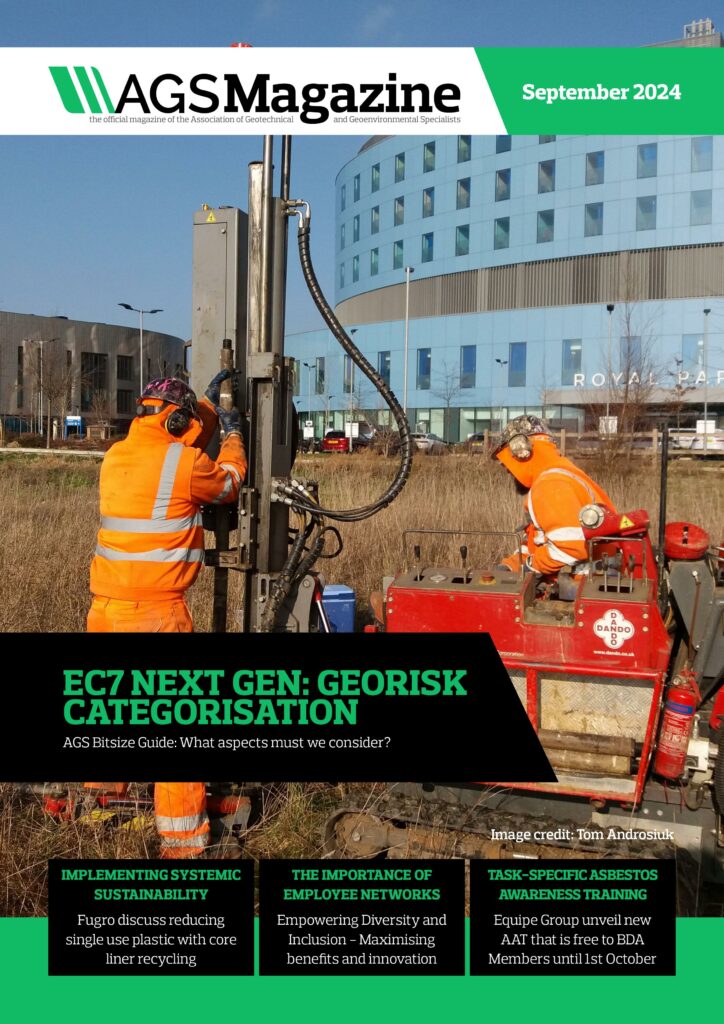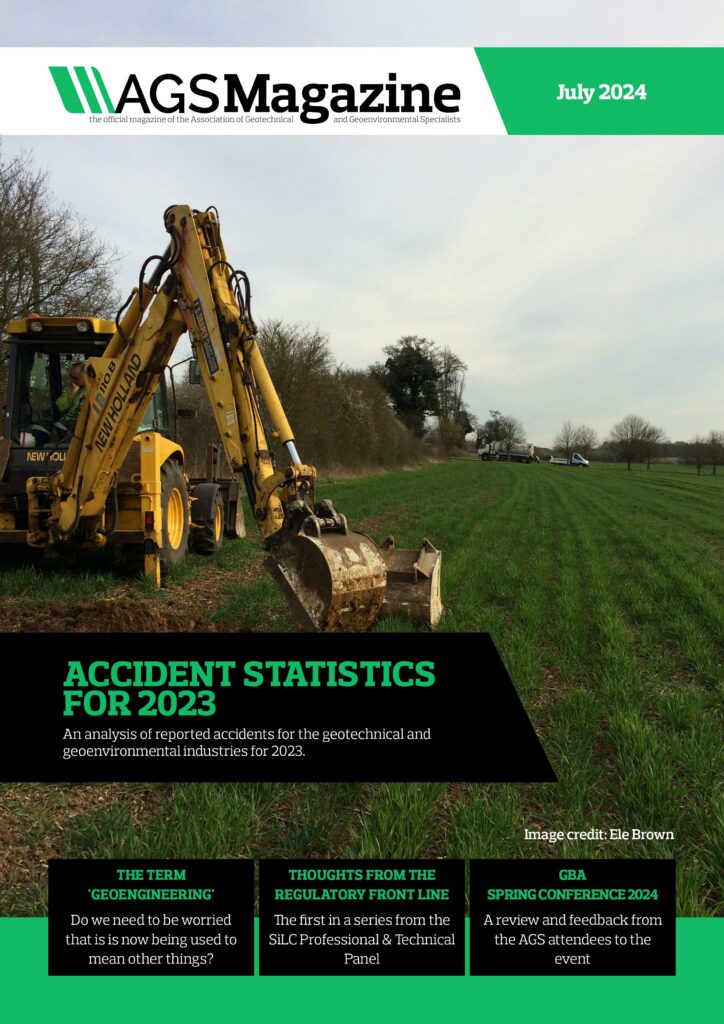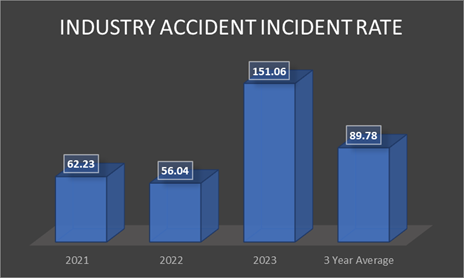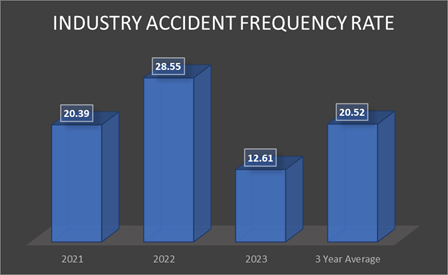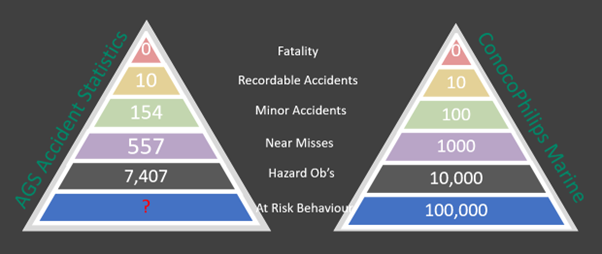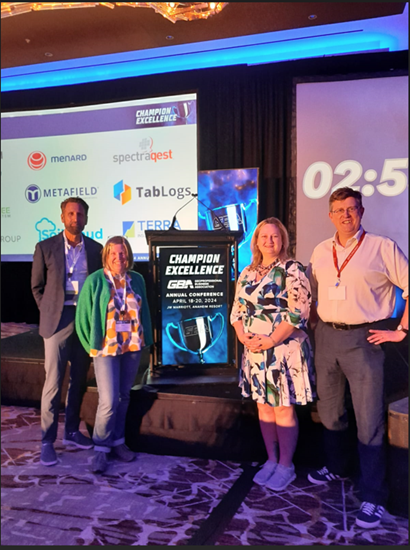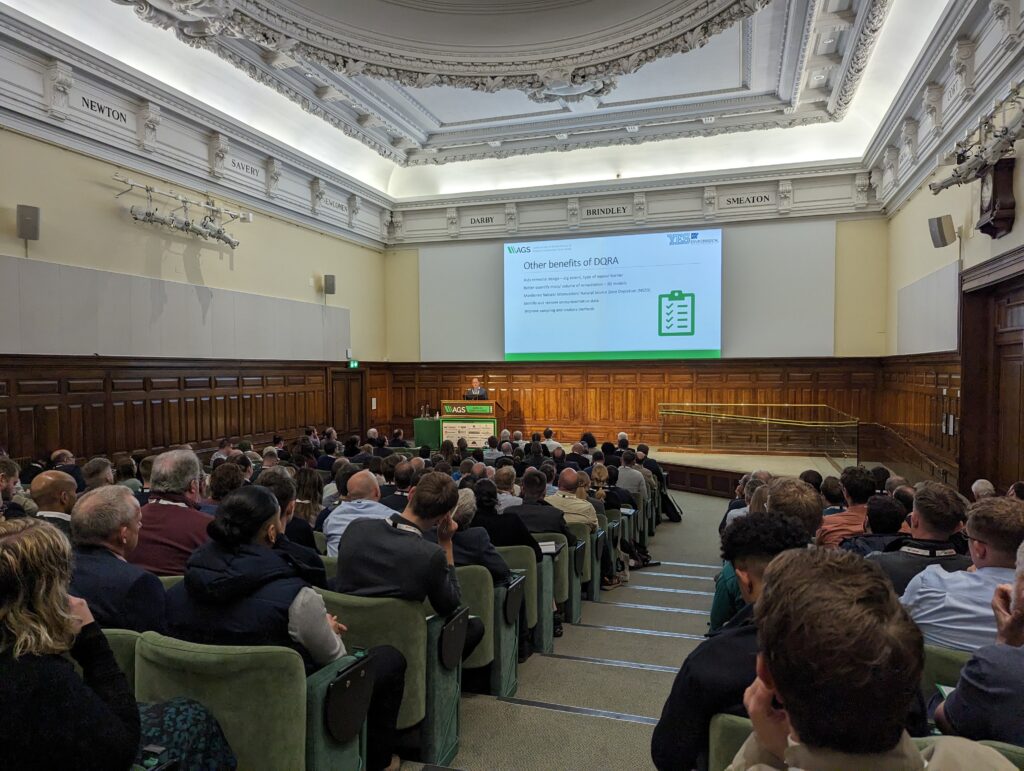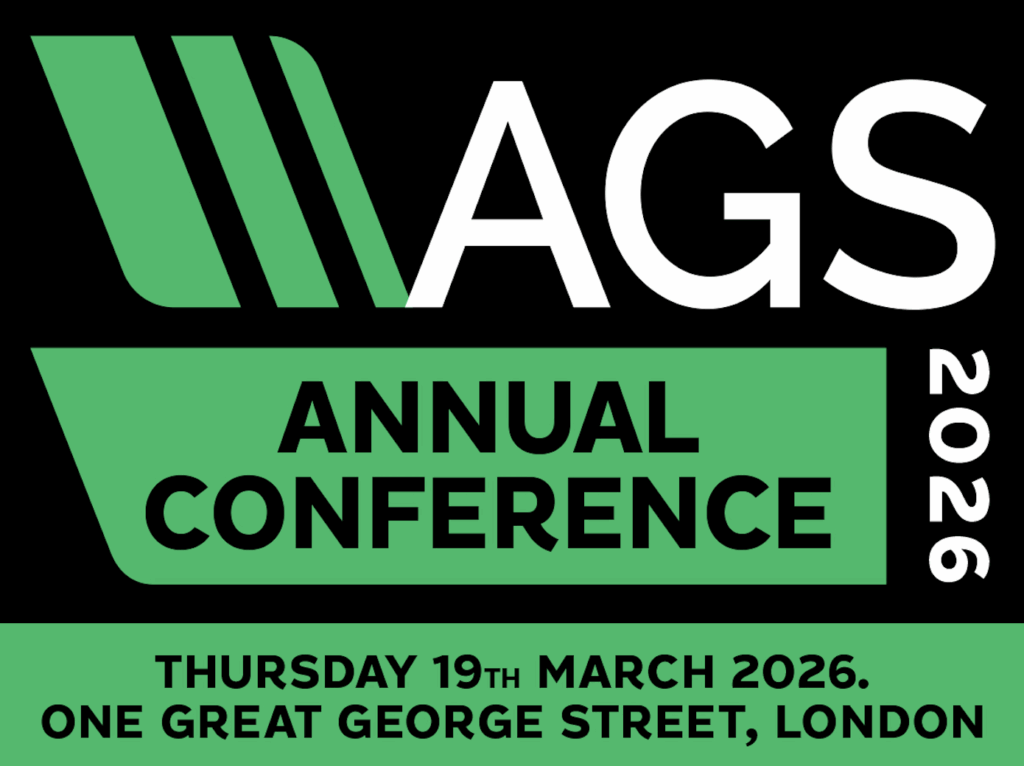Employee Networks, are voluntary, employee-led groups formed around shared characteristics or experiences, such as race, gender, sexual orientation, or veteran status. These networks have become essential in fostering diversity, inclusion, and a positive organizational culture. As businesses increasingly prioritize diversity and inclusion (D&I), the role of Employee Networks has grown in significance, offering numerous benefits for both employees and organizations.
Employee Networks are beneficial not only to the members but also to the organization as a whole. They offer a channel through which employees can voice their concerns, provide feedback on company policies, and contribute to a more inclusive workplace culture. Additionally, they serve as a resource for organizations to tap into diverse perspectives, which can drive innovation and improve decision-making.
The Benefits of Employee Networks
Employee Networks are vital for promoting a sense of belonging among employees, especially those from underrepresented groups. These networks help foster a supportive community by connecting individuals with similar backgrounds or interests. A 2019 study by Harvard Business Review found that companies with active Employee Networks are 70% more likely to have a positive organizational culture that promotes diversity and inclusion. These networks also play a crucial role in enhancing employee engagement, a key driver of productivity and retention.
Studies show that companies who embed Employee Networks within their EDI strategy, have a higher level of engagement in employees who participate in the groups. This demonstrates the significant role these networks play in retaining talent, particularly in a competitive job market. Employees who feel connected and valued are more likely to stay with the company and contribute to its success.
Driving Innovation Through Diverse Perspectives
Employee Networks also contribute to innovation by bringing diverse perspectives into the organization’s decision-making processes. Diverse teams are more likely to generate creative solutions and better understand the needs of a diverse customer base.
This connection between diversity and innovation is vital in industries where creativity is key. By leveraging the insights of a diverse workforce through Employee Networks, companies can stay ahead of the competition and drive continuous innovation.
Fostering a Culture of Inclusion
Employee Networks are instrumental in fostering a culture of inclusion, where all employees feel valued and respected. Inclusion is more than just diversity; it involves creating an environment where diverse voices are heard, considered, and integrated into the decision-making process. Employee Networks play a crucial role in advocating for inclusive policies and practices within the organization.
It’s noted that organizations with active Employee Networks are much more likely to have inclusive workplace policies, such as flexible work arrangements, diversity training, and equitable pay practices. These policies directly contribute to a more inclusive workplace, which in turn leads to higher levels of satisfaction and retention.
Supporting Career Development
Employee Networks also provide valuable opportunities for professional development and career advancement. Many networks offer mentorship programs, leadership development workshops, and networking events that help members build their skills and advance their careers. This is particularly beneficial for employees from underrepresented groups, who may face additional challenges in navigating their career paths.
Starting an Employee Network
No matter the business size, Employee Networks can be set up and run by dedicated and passionate staff members. Some examples of Employee Networks are listed: Women’s Networks, Black Employee Networks, Disability Networks, LGBTQ+ Networks, Asian Affinity Networks, Family Networks, and Volunteer Activity Networks. There are many more examples and one case won’t fit all. In the first instance, it’s good practice to confirm the general demographic of the workforce or if there is an appetite for a Network – this is where HR representative(s) should be involved to help shape the look of any future Network.
It’s also important to seek the support of a Champion or Executive Sponsor who is part of the company’s Senior Leadership Team, these will help open doors when you first start the Network. It’s essential to ensure that you engage volunteers to lead and participate in the Employee Network. You can attract volunteers by using the Network as a development opportunity and adding it to annual objectives and development plans.
The first step of any Employee Network should be to create an action plan with three main goals, prove the Network’s worth with these goals before expanding the remit, and reach – and manage expectations appropriately. Research similar employee networks within your own business or externally. Establish a dedicated committee of volunteers to help with initiatives and events. Use internal and external communication channels to cascade information through the company so employees feel part of a community year-round.
Conclusion
In today’s increasingly diverse and globalized workforce, the importance of Employee Networks cannot be overstated. These networks are not just a “nice-to-have” but a strategic asset that can drive organizational success. From enhancing employee engagement and retention to fostering innovation and inclusion, Employee Networks offer tangible benefits that contribute to a more vibrant, equitable, and productive workplace.
Organizations that invest in supporting and expanding their Employee Networks are not only supporting their employees but are also positioning themselves for long-term success in a competitive and rapidly changing environment. By recognizing and harnessing the power of Networks, companies create a workplace where diversity is celebrated, inclusion is the norm, and every employee has the opportunity to thrive.
Article provided by Bradley Falcus, Senior Administrator, Central Alliance
